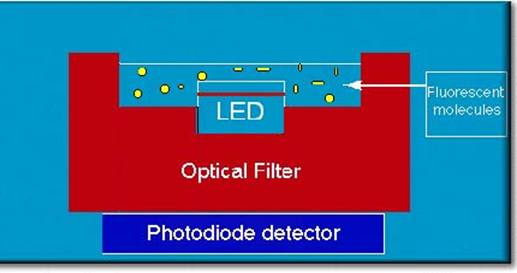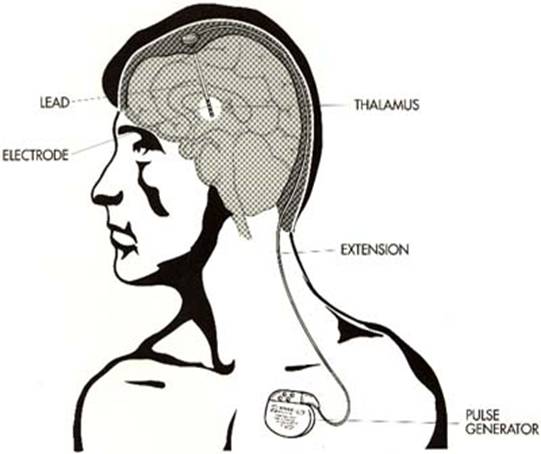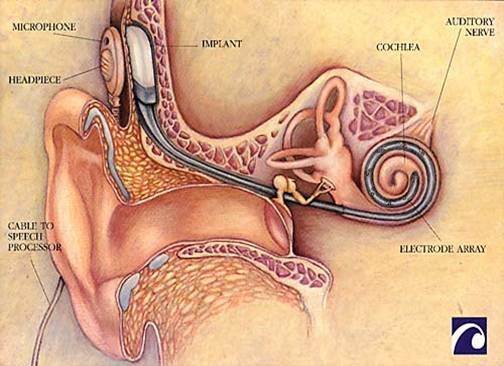





Published on Nov 30, 2023
Rapid advances in Bioinformatics are providing new hopes to patients of life threatening diseases. Gene chips will be able to screen heart attack and diabetics years before patients develop symptoms. In near future, patients will go to a doctor's clinic with lab- on- a- chip devices. The device will inform the doctor in real time if the patient's ailment will respond to a drug based on his DNA.
These will help doctors diagnose life-threatening illness faster, eliminating expensive, time-consuming ordeals like biopsies and sigmoidoscopies. Gene chips reclassify diseases based on their underlying molecular signals, rather than misleading surface symptoms. The chip would also confirm the patient's identity and even establish paternity.
Bioinformatics is an inter disciplinary research area. It is a fusion of computing, biotechnology and biological sciences. Bioinformatics is poised to one of the most prodigious growth areas in the next to decades. Being the interface between the most rapidly advancing fields of biological and computational sciences, it is immense in scope and vast in applications.
Bioinformatics is the study of biological information as it passes from its storage site in the genome to the various gene products in the cell. Bioinformatics involves the creation and computational technologies for problems in molecular biology. As such ,it deals with methods for storing, retrieving and analyzing biological data, such as nuclei acid (DNA/RNA)and protein sequence, structures, functions, path ways and interactions.
Parkinson's disease is caused by a brain messenger dopamine, which is a product of dying brain cells. This disease causes uncontrolled movements or tremors on body parts.
Drug therapy for Parkinson's disease aims to replace dopamine but the drugs effect wear off after some time. This causes the erratic movements coming back to the patients.
Activa implant is a biochip which uses high frequency electrical pulses to reversibly shut off the thalamus. These chips turn off brain signals that cause the uncontrolled movements or tremors. The implantation surgery is far simpler. Electrodes will be entered in to the thalamus region whose extension is connected to the pulse generator placed near the chest. The pulse generator generates pulses according to the heart beat of the patient.
If there are any post operative problems the simulator (pulse generator) can be simply turned off.
Chip electronics can be divided into two.
1. Biochips
2. Clinical chip
Biochip is an IC who’s electrical and logical functions are performed by protein molecules appropriately manipulated. Advances in molecular biology and semiconductor fabrication have resulted in new formats for hybridization arrays. Instead of these being based on a membrane or a glass slide platforms these arrays several electrodes covered by a thin layer of agarose coupled with affinity moiety. Each micro electrode is capable of generating a controllable electric current that can be used to draw biological samples, reagents and probes to specify locations on the chip surface. The number of genes covered by these arrays depends on the number of electrodes made within the area of that array.
Biochips can be mainly classified into two based on the applications:
1. Internal biochips
2. External biochips
Applications of internal biochips are
1. Glucose measurement
2. Brain surgery for Parkinson’s disease
3. Cochlear implant
4. Eye implant
5. Personal identification
Applications of external biochips are
1. lab on a chip
2. mass spectrometry
Nowadays diabetics measure the level of sugar glucose in their blood by using a skin prick and a hand held blood test and medicate them with insulin. The disadvantage of this simple system is that the need to draw blood makes the diabetics not to test the sugar levels themselves as often as they could.
By using Biochips the measurement can be done in a much simpler way. The chips are of size less than an uncooked grain of rice can be injected under the skin. It sense the glucose level and send the result back out by radio frequency communication.

Fig.1. S4MS chip
The light emitting diode (LED) starts off the detection process. The light that it produces hits a fluorescent chemical. The property of the fluorescent chemical is to absorb the incoming light and re-emit the light at a longer wavelength. The longer wavelength of light is then detected and the result is send to a control panel outside the body.
Glucose is detected because the sugar reduces the amount of light the fluorescent chemical reemits. The more the glucose, the less the light is detected. The biochip used in glucose sensing is S4MS chip. In this chip, the LED is kept in a sea of fluorescent molecules. The LED used is almost 40 times less powerful than the tiny power on buttons on a computer keyboard. The low power requirement mean that energy can be supplied from outside by a process called induction. The fluorescent detection itself does not consume any chemicals or proteins, so device is self sustaining.
Parkinson’s disease is caused by a brain messenger dopamine, which is a product of dying brain cells. This disease causes uncontrolled movements or tremors on body parts.
Drug therapy for Parkinson’s disease aims to replace dopamine but the drugs effect wear off after some time. This causes the erratic movements coming back to the patients.
Activa implant is a biochip which uses high frequency electrical pulses to reversibly shut off the thalamus. These chips turn off brain signals that cause the uncontrolled movements or tremors. The implantation surgery is far simpler. Electrodes will be entered in to the thalamus region whose extension is connected to the pulse generator placed near the chest. The pulse generator generates pulses according to the heart beat of the patient. If there are any post operative problems the simulator (pulse generator) can be simply turned off.

Hearing aids used in present days are glorified amplifiers, but the cochlear implant is for patients who have lost the hair cells that detect sound waves. For these individuals no amount of amplification is enough.

The cochlear implant delivers electrical pulses directly to the nerve cells in the cochlea, the spiral shaped structure that translates sound into nerve pulses. In normal hearing individuals, sound wave set up vibrations in the walls of the cochlea, and hair cells detect these vibrations.
High frequency noises vibrate the base of the cochlea, while low frequency notes vibrate near the top of the spiral. The cochlear implant does the job of the hair cells. It splits the frequencies of incoming noises into a number of channels and then stimulates the appropriate part of cochlea. Increasing the number of channels will improve sound perception. But speech is perceived in an area of the cochlea only 14 mm long and spacing the electrodes to close to each other causes signals to bleed from one channel to another. This causes a broad version of hearing.
Vision occurs as the light reflected from a body is received by photoreceptors, the light sensing cells at the back of the eye. Blindness occurs if the photoreceptors are lost in retinitis pigmentosa, a genetic disease and in related macular degeneration.
The chip used in eye implant does the function of photoreceptors. The chip will be at least ten times smaller than the thickness of the human hair with an area of 1mm2. There will be a camera mounted on a pair of glasses. The camera will detect and encode the scene and then send it into the eye as a laser pulse. The laser will also provide the energy to drive the chip. The energy required for stimulating a nerve cell in the eye is almost 100 times lower than that required in stimulating a nerve cell in an ear.
A decade ago, an eight-year old kid jumped from his swing set and landed flat, shattering a leg bone where most kids would have sprained an ankle. An X-ray revealed this problem. Where there should have been hard bone, a soft tumour was present. The kid needed a precise diagnosis. If the cancer was aggressive, it needed immediate treatment with the powerful but toxic drug 'adriamycin'. If the tumour was growing slowly, doctors had the time to try out weaker but safer drugs. A biopsy was inconclusive. Like many paediatric bone tumours, the kid’s tumour was a small, round blue- cell tumour. The doctor had a problem treating the kid. As “adriamycin” could cause serious heart damage, doctors weren't willing to give it to the kid.
Of all blue cell tumours spreads aggressively enough to require this potentially deadly medicine. Doctors hoped that a less toxic medicine will do and gave the same to the kid, resulting in the death of the kid just after six months. Today, rapid advances in bioinformatics are providing new hopes to such patients. The new technology enables doctors to proceed straight to genetic codes that instruct tumours to grow, finding invisible molecular signals that differentiate cancers as well as a host of other deadly diseases.
| Are you interested in this topic.Then mail to us immediately to get the full report.
email :- contactv2@gmail.com |